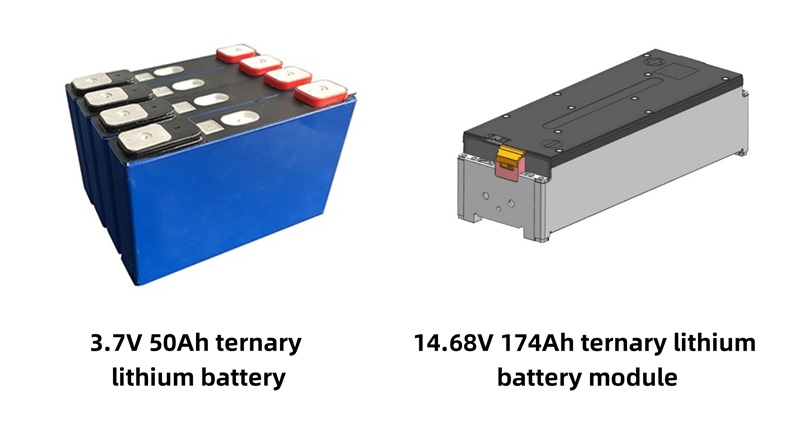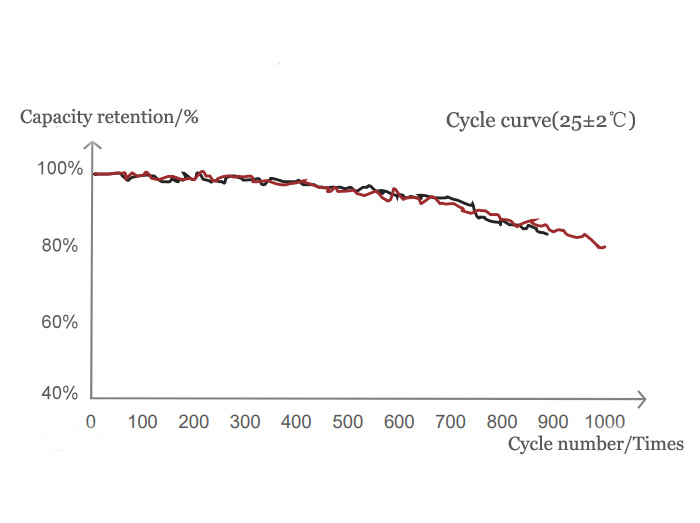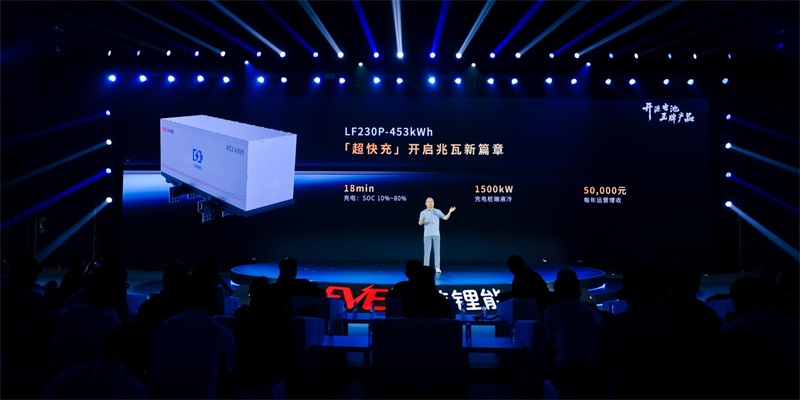Ultimate Guide to Ternary Lithium (NMC) Batteries: About Ternary Lithium Batteries You Want to Know
What is a Ternary Lithium Battery?
Ternary lithium battery is a type of lithium-ion battery that uses a combination of nickel, cobalt, and manganese oxides as the positive electrode material. This design merges the excellent cycle life of lithium cobaltate, the high capacity of lithium nickelate, and the safety and affordability of lithium manganate.
Currently, lithium batteries on the market include lithium cobalt oxide, lithium manganate, lithium nickel oxide, ternary materials, and lithium iron phosphate. Among these, lithium ternary NMC batteries are the most widely used and rapidly growing rechargeable technology.
Lithium batteries are categorized into individual cells and complete battery packs based on their level of assembly.

· Model of ternary lithium batteries
The market offers several models of ternary lithium batteries, including 14430 battery, 14500 battery, 14650 battery, 16340 battery, 16650 battery, 18350 battery, 18650 battery, 18500 battery, 20700 battery, and 21700 batteries. Depending on the application, ternary lithium batteries are used in a wide range of devices, including consumer electronics, power tools, portable power stations, and electric vehicles (EVs).
Performance Exploration of NMC Ternary Lithium Battery
· Working principle of ternary lithium batteries
Electrical energy storage and release based on the reversible migration of lithium ions between positive and negative electrodes The core process involves lithium ions detating from the nickel cobalt manganese (or nickel cobalt aluminum) ternary positive electrode and intercalating into the graphite negative electrode during charging, and moving in the reverse direction during discharging and transferring electrons through the external circuit to form a current. Youdaoplaceholder0 is essentially the process of lithium ion intercalation and deintercalation between positive and negative electrode materials to achieve charging and discharging.
Same as other lithium batteries, the final ternary lithium battery are consist of 3 parts : lithium battery cell, BMS (battery management system PCBA), and housing basically.
· Cycle life of ternary lithium batteries

Lithium battery life refers to the period when the battery’s capacity decreases to 70% of its nominal capacity after being used for a certain amount of time. Standard testing is conducted at room temperature (25°C) and standard atmospheric pressure, using a 0.2C discharge rate to measure battery capacity. In the industry, the cycle life of lithium batteries is typically calculated by the number of charge-discharge cycles.
The theoretical lifespan of an ordinary ternary lithium battery (NMC) is approximately 800 cycles, which is considered moderate compared to other types of lithium batteries. In contrast, lithium iron phosphate (LFP) batteries can last between 2,000 to 6,000 cycles, while lithium titanate (LTO) batteries can last anywhere from 10,000 to 25,000 cycles.
Cycle life is also influenced by factors such as the operating environment, discharge rate, and battery consistency. The longest cycle life is generally achieved at a room temperature of 25°C. Extreme temperatures, whether too high or too low, will shorten the battery’s lifespan. Additionally, the ideal discharge current for maximizing battery life is 0.2C. Higher discharge currents can cause internal structural damage to the battery, leading to premature failure.
Advantages of ternary lithium batteries
Ternary lithium batteries are known for their high energy density, making them the most efficient option on the market. This means they can store more energy in a smaller volume. For example, the Tesla Model Y utilizes a ternary battery to achieve a driving range of 440 kilometers.
The discharge platform voltage of ternary batteries is also notably high. A single ternary battery has a discharge voltage of 3.7V, compared to 3.2V for lithium iron phosphate (LiFePO4 cell) batteries and only 2.3V for lithium titanate batteries. A higher voltage platform results in greater specific capacity, which leads to longer battery life for the same volume, weight, and ampere-hour.
In terms of cycle life, ternary batteries typically last between 800 and 1,000 cycles, providing a long lifespan.
Additionally, ternary lithium batteries are environmentally friendly and recyclable. They offer a recycling efficiency of over 95%, which is significantly higher than that of lead-acid batteries. Lead-acid batteries, on the other hand, are difficult to recycle and can have harmful environmental impacts
Disadvantages of ternary lithium batteries
The main drawback of ternary lithium batteries is their relatively low safety factor. The structure of these batteries is less stable, which makes them more prone to safety risks. For instance, ternary lithium batteries can catch fire if they are physically damaged or exposed to sustained high temperatures.
Additionally, in terms of cycle life, ternary batteries typically last around 800 to 1,000 cycles. In comparison, lithium iron phosphate (LiFePO4) batteries offer a much longer lifespan, reaching between 2,000 to 6,000 cycles.
Compare ternary lithium and lithium iron phosphate batteries
· Discharge Performance
At room temperature (25℃), the discharge performance of ternary lithium batteries and LiFePO4 batteries is similar. However, when placed in a low-temperature environment, ternary batteries perform better than LiFePO4 batteries.
· Energy Density
The energy density of high-capacity 18650 ternary lithium batteries has reached 232Wh/kg and is expected to rise further to 293Wh/kg. In comparison, the current mainstream lithium iron phosphate (LiFePO4) batteries have an energy density of around 150Wh/kg. As a result, ternary lithium batteries offer a significantly higher energy density than LiFePO4 batteries.
· Cycle life
Under the same usage conditions, the lifespan of a ternary lithium battery is typically around 800 to 1,000 cycles, while a lithium iron phosphate (LiFePO4) battery can last between 2,000 to 6,000 cycles. Therefore, lithium iron phosphate batteries have a significantly longer lifespan compared to ternary lithium batteries.

